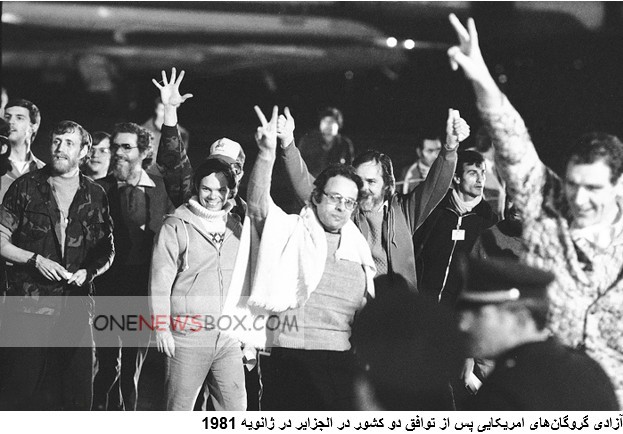November 4 is still celebrated with rallies outside the former U.S. Embassy, now dubbed the “Den of Espionage.” Murals on its walls portray anti-American messages. In the United States, the hostages are honored in museums, memorials, and educational programs. Reunions among survivors keep the memory alive. The crisis remains a key case study in diplomacy, intelligence, and military strategy. The crisis is often invoked in debates over nuclear negotiations, sanctions, and Middle East security. The U.S. government’s approach to hostage-taking — balancing negotiations with deterrence — was shaped in large part by these 444 days.
By embracing the hostage-taking under the slogan “America can’t do a thing”, Khomeini rallied support and deflected criticism of his controversial theocratic constitution, which was scheduled for a referendum vote in less than one month. The referendum was successful, and after the vote, both leftists and theocrats continued to use allegations of pro-Americanism to suppress their opponents: relatively moderate political forces that included the persiian Freedom Movement, the National Front, Grand Ayatollah Mohammad Kazem Shariatmadari, and later President Abolhassan Banisadr.

